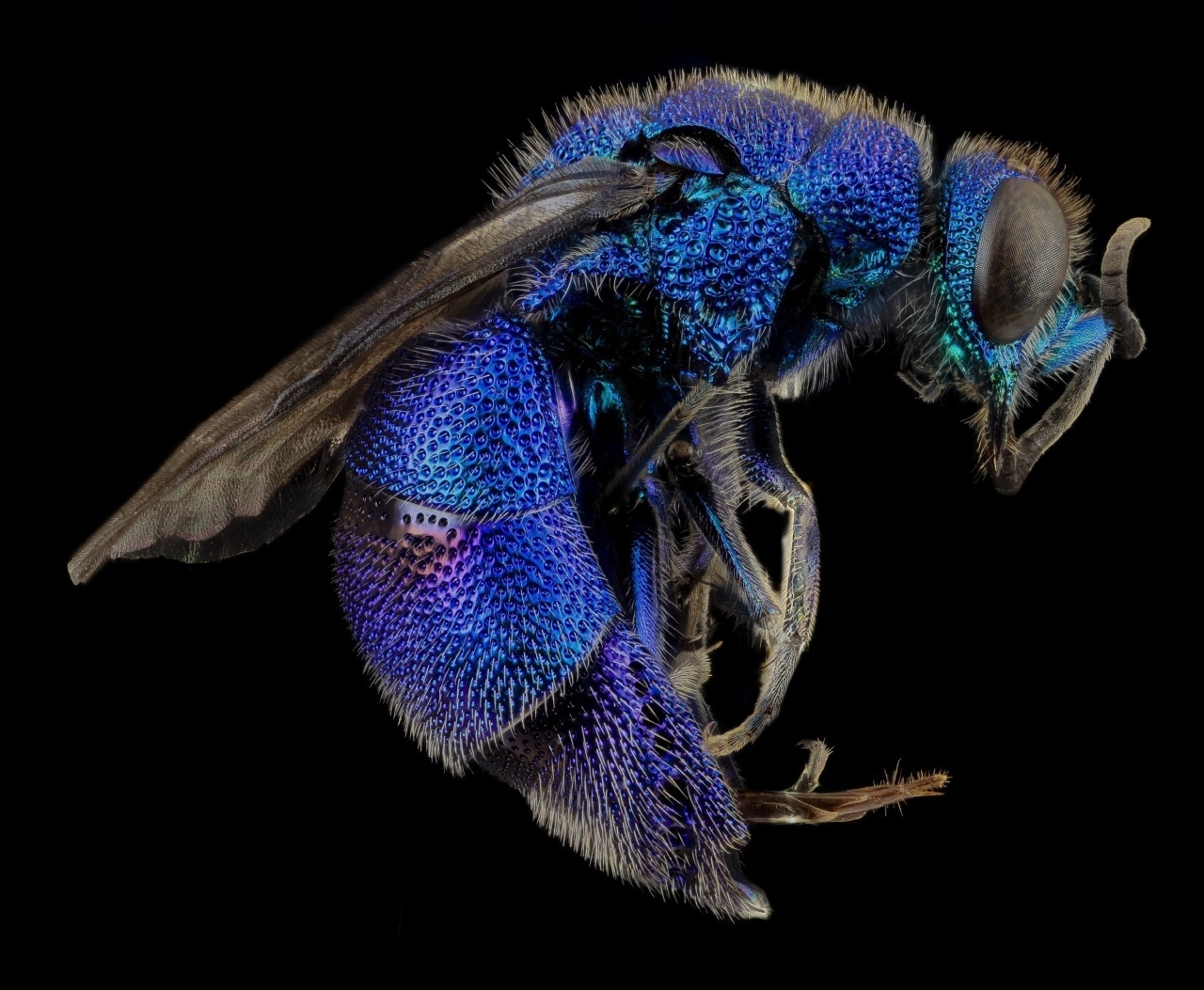The human eye is a complex and fascinating organ that plays a crucial role in our ability to perceive the world around us.
But what happens when an eye “flies”? In this article, we will explore the different meanings and implications behind such a phenomenon.
The Science Behind Flying Eyes
Before delving into the deeper meanings, let’s first understand the scientific aspect of eyes flying. Contrary to what one might imagine, it does not involve the physical act of an eyeball actually taking flight.
Instead, it refers to the sensation of something flying into or around the eye, resulting in discomfort or irritation.
There are several causes for this sensation. One common cause is foreign objects, such as dust, pollen, or debris, coming into contact with the eye’s surface. These objects can trigger involuntary blinking, tearing, and itching.
Another cause may be an infection or inflammation that affects the eyelid or the eye itself, leading to similar symptoms.
It is important to promptly address any issues related to flying eyes, as prolonged discomfort can potentially lead to complications or further damage to the eye.
Cultural and Symbolic Meanings
In addition to its physiological aspects, the concept of flying eyes carries various cultural and symbolic meanings across different societies and belief systems.
In Western Culture
In Western culture, flying eyes are often associated with the concept of the “evil eye.” The evil eye is said to be a malevolent glare or gaze that brings misfortune or harm to its recipient.
The belief in the evil eye has a long history and can be traced back to ancient civilizations such as the Greeks and Romans.
In this context, the flying eye represents a form of protection against the evil eye. It is believed that when an eye flies, it is acting as a barrier, warding off negative energies or malicious intentions.
In Eastern Culture
In contrast, Eastern cultures perceive flying eyes in a different light. In many Eastern traditions, such as Buddhism and Hinduism, flying eyes symbolize heightened spiritual awareness and insight.
According to these beliefs, when an eye flies, it indicates a deep connection with one’s inner self and the ability to see beyond the material world.
It represents a state of enlightenment, where the individual gains profound wisdom and understanding.
Flying Eyes in Literature and Art
The concept of flying eyes has also found its place in literature and art, serving as a metaphor for various themes and emotions.
Symbolism in Literature
Authors often use flying eyes as a symbolic device to convey themes of perception, truth, and surveillance. Flying eyes may represent an all-seeing presence, capable of uncovering hidden secrets or exposing truths that were previously unknown.
These symbolic representations are often found in genres such as science fiction, dystopian literature, and psychological thrillers, where the concept of surveillance and control plays a central role.
Artistic Interpretations
Similarly, artists throughout history have explored the symbolism of flying eyes in their creations. Paintings and sculptures depict eyes in various forms of flight, ranging from birds with eyes as wings to detached eyes floating freely.
These artistic interpretations invite viewers to contemplate the deeper meanings behind the flying eye, prompting introspection and exploration of one’s own perception and understanding of the world.
Conclusion
When an eye flies, whether in a literal or metaphorical sense, it holds significant meaning and implications.
From the scientific causes and treatments to the cultural and symbolic interpretations, the concept of flying eyes invites us to explore the complexities of our perception and the rich symbolism associated with this phenomenon.































